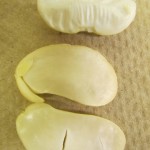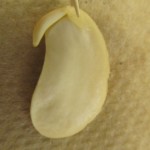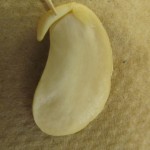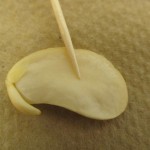Yesterday we went on an awesome hike and we learned a lot! Claudia, our First Nations support worker, took us to the forest to learn more about native plants on our island.
We decided to do a little math on the way and used a hip chain to measure the distance to the trail. Justin wore the hip chain. A thin thread fed out of it as we walked and counted each meter. We estimated the distance and time as we walked. It was 1112 meters from our school to the entrance of the trail. It took us about 14 minutes to walk that distance.
In the forest we saw many different types of trees (cedar, hemlock, fir, alder, and pine). Claudia taught us how to tell them apart by looking at their bark and needles and by looking at the top of the tree. We also saw many other plants that the First Nations people used (salal, huckleberries, ferns, and labrador tea). We are going to use some of the Labrador tea leaves to make our own tea next week.
Here are some of the cool things we learned:
Dante-We learned how to tell what type of tree it is by looking at the bark. Moss often grows on the north side of trees.
Justin-We learned that we can make tea out of a leaf that we found.
Sophie-We learned that a hemlock tree always has its tip bent over.
Silkence-We found a nursery log. It is called a nursery log because it has other plants growing on it.
Niall-Trees can stand even if they have been burnt quite a bit. Pine tree needles are extremely spiky.
Fay-The cedar bark looks like straight lines going down. Alder leaves are light green.
Karin-We found a huge tree that was burnt on the side a little. Sometimes salal leaves are huge!
Ana-Claudia told us that the forest had a big fire many, many, years ago.
Jenny-The nursery log had moss, salal, huckleberries, and a little hemlock growing on it.
Sahara-We found tree fungus that was growing up high on the trees.
Oceana-We found a tree that had lots of little broken branches all around it.
Kennedy-We found a tree that had a parasite that made the branches look funny and it takes energy from the tree.
Lily-When we went on the trial we found a flower that looked like a dogwood flower.












